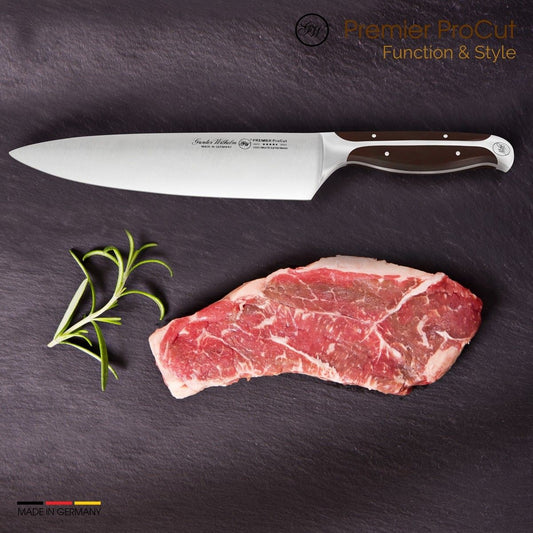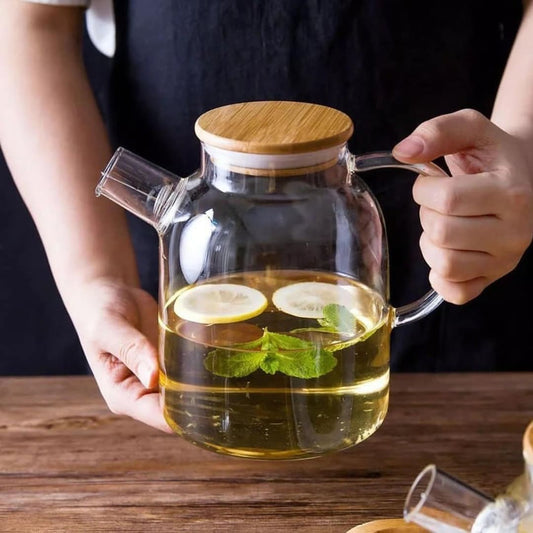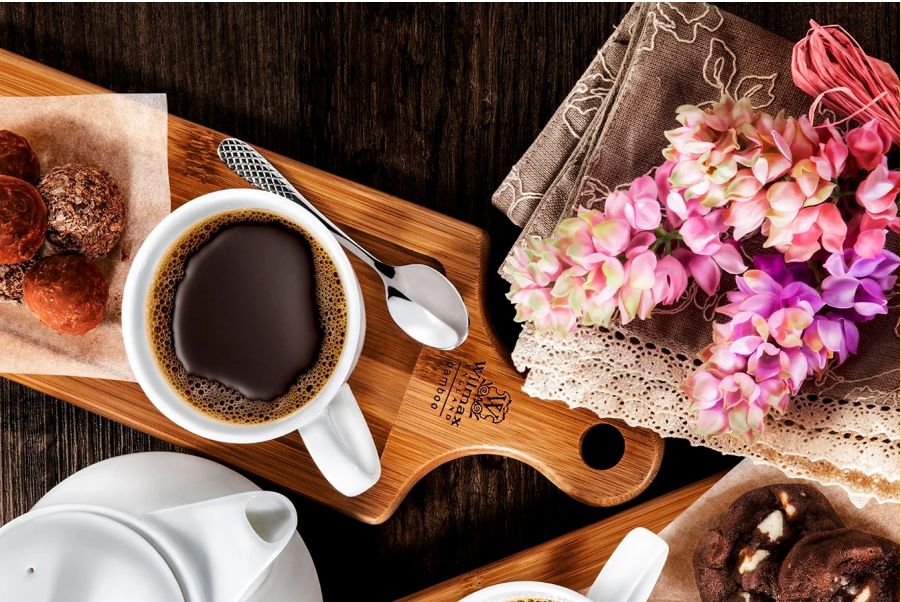Crisp Craze: The Global Obsession with Crunch

How texture became the new flavor in 2025 dining trends.
If 2024 was the year of bold flavors and fusion, then 2025 belongs to something far more primal: crunch. Around the world, chefs are realizing that texture is not just a culinary detail — it’s a full sensory experience. From ultra-crispy chicken skins to shatter-thin caramel layers, the year’s biggest dining trend is all about sound, bite, and tactile pleasure.
This movement isn’t about what food tastes like — it’s about the spark it creates when teeth meet texture. Welcome to the Crisp Craze, where crunch isn’t garnish; it’s the star of the show.
Why We Crave the Crunch
Scientists have long known that crunch is deeply tied to satisfaction. The crack of a chip or the snap of a fresh apple activates pleasure centers in the brain. It symbolizes freshness, energy, and even safety — after all, our ancestors associated crispness with ripe foods, not decay.
But in 2025, this instinct has gone gourmet. Restaurants are engineering crunch levels with the same precision they apply to seasoning. Pastry chefs are redesigning crust-to-cream ratios. Even beverage makers are introducing crunchy toppings and textures into drinks, inspired by East Asian dessert culture.
“Texture is the new flavor,” says Chef Daniel Rojas of Lima’s acclaimed Casa Brava. “It’s not enough for food to taste good — people want a moment they can feel and hear.”
The Rise of Sonic Dining
Restaurants from Seoul to Manhattan are embracing “sonic dining,” designing dishes that emphasize sound as part of the experience. Ultra-thin crisps shatter like glass. Ice shells crack under warm sauces. Caramel tuile snaps with the drama of a movie scene.
Some high-end chefs even play with acoustics — serving crunchy dishes in rooms with enhanced reverberation so every bite becomes amplified. A single crisp bite becomes a sensory performance.
“People are eating with headphones,” jokes pastry chef Mei Lin in Shanghai. “If it crunches loud, they’ll post it.”
Texture Takes Over the Menu
Crunch has infiltrated every corner of modern cuisine. In fast casual dining, fried toppings and toasted crumbs are now defaults, not add-ons. Salads come with multi-layered crunch — nuts, seeds, crisped grains, puffed legumes. Even plant-based dishes celebrate crisp edges and golden crackle.
In fine dining, chefs use crisp elements sparingly but powerfully. A single crunchy garnish can elevate a soft, creamy dish, turning it from simple to sublime. Think:
- velvety pumpkin soup with crisped sage leaves
- creamy panna cotta under a breakable sugar disc
- buttery risotto topped with puffed rice
- tartare with delicate toasted nori shards
The new goal: contrast. The more opposing textures, the better the bite.
Crisp Culture Goes Global
Around the world, cultures that have always embraced crunch are seeing their traditions go mainstream. Japanese katsu, Korean fried chicken, Indian papadum, and Middle Eastern crispy rice are becoming international staples not just for flavor, but for texture.
In Latin America, the revival of chicharrón — both pork and plant-based — is booming. In Europe, restaurants are rediscovering crisped root vegetables and fried herbs as essential plating elements. And across the U.S., “crispy chili” oils dominate everything from pizza to ice cream.
Crunch is no longer cultural — it’s universal.
The Crispification of Desserts
Once soft and spoonable, desserts are now embracing crunch with enthusiasm. Pastry chefs are experimenting with caramelized sugar lattices, cookie textures, brittle layers, and toasted grains. Even ice cream shops are adding crunchy mix-ins designed to stay crisp inside cold, creamy environments.
The biggest dessert stars of 2025 include:
- crackling crème brûlée hybrids
- dark chocolate bark with puffed quinoa
- crunch-forward croissants with caramel shards
- mille-feuille with exaggerated crisp layers
- sugar “glass” toppings that shatter with the spoon
In the age of TikTok and Instagram Reels, desserts that sound good are just as important as those that taste good.
Texture as a Design Language
The Crisp Craze has influenced plating design as well. Matte ceramics, rough textures, and stone-like surfaces make crisp elements more dramatic. A golden tuile against a black plate becomes sculpture. A fried herb on a smooth white canvas feels architectural.
Even in home kitchens, cooks are seeking tools that deliver crunch: air fryers, dehydrators, and cast-iron pans dominate the market. Crisping techniques — toasting, pan-frying, double-baking — are trending as much as recipes themselves.
The result? Dining feels tactile, interactive, and multisensory. Food doesn’t just sit on the plate — it performs.
The Emotional Power of Crunch
In a world increasingly defined by softness — soft designs, soft colors, soft digital experiences — crunch offers contrast. It feels bold, expressive, even rebellious. It demands presence. You can’t eat something crunchy absentmindedly — the sound calls you back into the moment.
Psychologists also note that crunch provides a sense of control and release. The act of breaking something — a chip, a crust, a caramel layer — is satisfying and deeply human.
“Crunch is catharsis,” says food researcher Amelia Torres. “It’s a micro-release of tension in every bite.”
The Future of Crunch
As 2025 continues, expect crunch to lead the way in innovation. Food brands are developing new crispy coatings for plant-based proteins. Cafés are offering crunchy toppings as standard add-ons. Even wellness brands are promoting crisp foods as satisfying alternatives to sugary snacks.
But more importantly, texture will remain central to how we judge food. Flavor alone no longer wins. Today’s diners want contrast, layers, and impact — the full sensory spectrum in every bite.
In 2025, crunch isn’t just a texture — it’s an experience, a mood, and a global culinary language.
Share:





